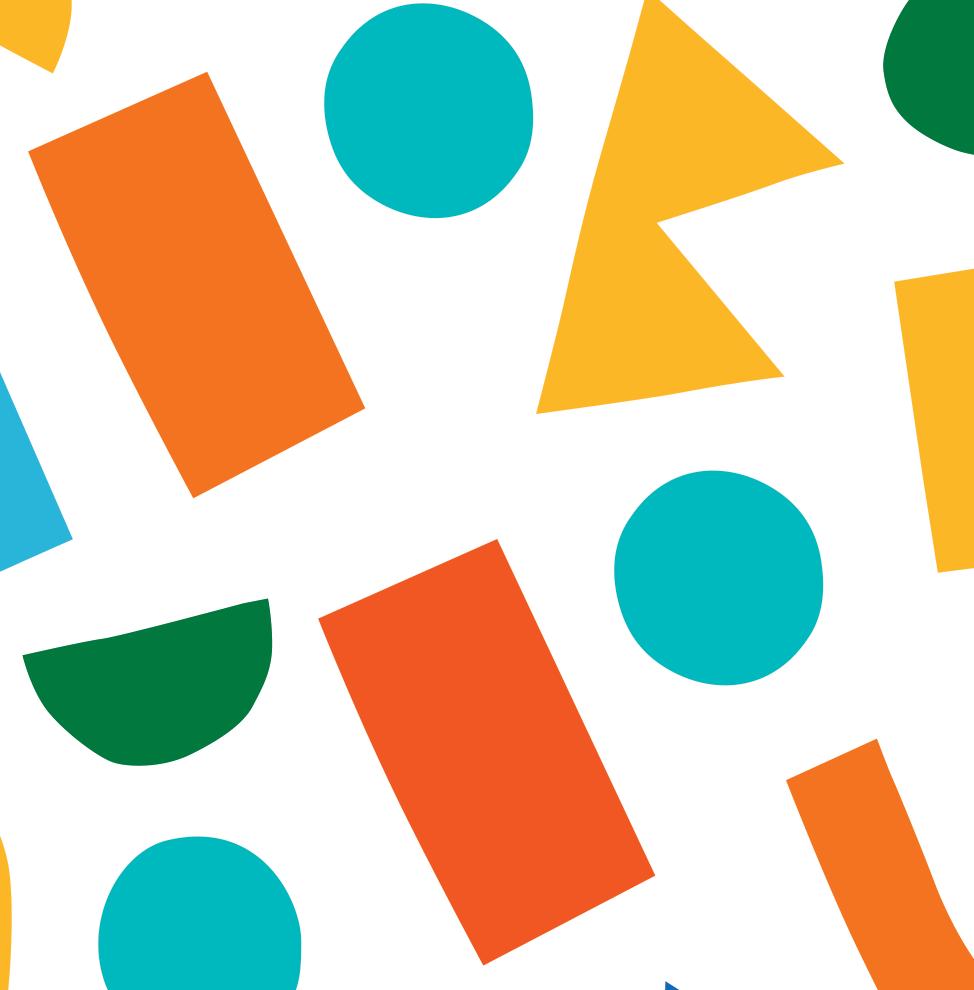




























The Kübler-Ross Change and Loss Cycle
DENIAL
Avoidance
Confusion
Elation
Shock
Fear
ACCEPTANCE
Exploring new options
New plan in place
Moving on ANGER
Frustration
Irritation
Anxiety
Information and Communication
BARGAINING
Struggling to find meaning
Reaching out to others
Telling one’s story
Emotional Support
DEPRESSION
Overwhelmed
Helplessness
Hostility
Flight
Guidance and Direction
1. Denial: The stage of shock or denial is usually the first stage in the Kübler-Ross model and is mostly short-lived. This is a phase when someone might take time to process their loss or grief.
2. Anger: When the realisation finally hits, someone might become angry and may look for someone to blame. Anger can be expressed in many ways.
3. Bargaining: When the stage of anger passes, someone may start thinking about ways to postpone the inevitable and try to find out the best thing left in the situation.
4. Depression: This is a stage when someone tends to feel sadness, fear, regret, guilt and other negative emotions.
5. Acceptance: When people realise that fighting the change that is coming into their life is not going to make the grief go away, they accept it completely even though it still hurts.
2.3a A normal week
Think back to the previous week and complete the tim etable below with all the activities you did, e.g. meal times, school, relaxing, studying at home/ homewo rk, exercising, having fun, seeing friends, quiet time, sleeping, being with family.


● What do you like to consume for food and drink?
● Is it good for you?
In this unit, you will:
● Learn the importance of what vitamins and minerals do.
● Understand the impacts of unhealthy eating.
● Learn about prescription drug use.
Discrimination is a term used to describe ‘the practice of treating one person or group of people less fairly or less well than other people or groups’. [Collins Dictionary] Write the answers to questions 2 and 3 in your notebook.
1. Below are some examples of discrimination, including their meanings (from Collins Dictionary), along with some terms associated with them. However, the terms and their meanings are jumbled up. Your task is to connect the term to the correct meaning by drawing a line between the two boxes.
1. Prejudice
2. Stereotype
3. Racism
4. Ageism
5. Ableism
a. The belief that people of some races are inferior to others, and the behaviour which is the result of this belief. [It] also refers to the aspects of a society which prevent people of some racial groups from having the same privileges and opportunities as people from other races.
b. The belief that older people are of less value than younger people.
c. Discrimination against disabled people.
d. An unreasonable dislike of a particular group of people or things, or a preference for one group of people or things over another.
e. A fixed general image or set of characteristics that a lot of people believe represent a particular type of person or thing.
2. Sadly, these are just a few examples of the many different types of discrimination against certain characteristics. Can you think of any other examples you might have heard about?
3. Can you explain why you think stereotypical thinking can make discrimination worse? Explain your answer and if you are not sure just write down your thoughts.

● How many people do you think live in
● your neighbourhood?
● your country?
● the world?
Have a guess and check your answers at the end of the unit!
In this unit, you will:
● Learn how to be a true ally.
● Understand the importance of communities and your place in them.
● Learn about the laws that affect you.